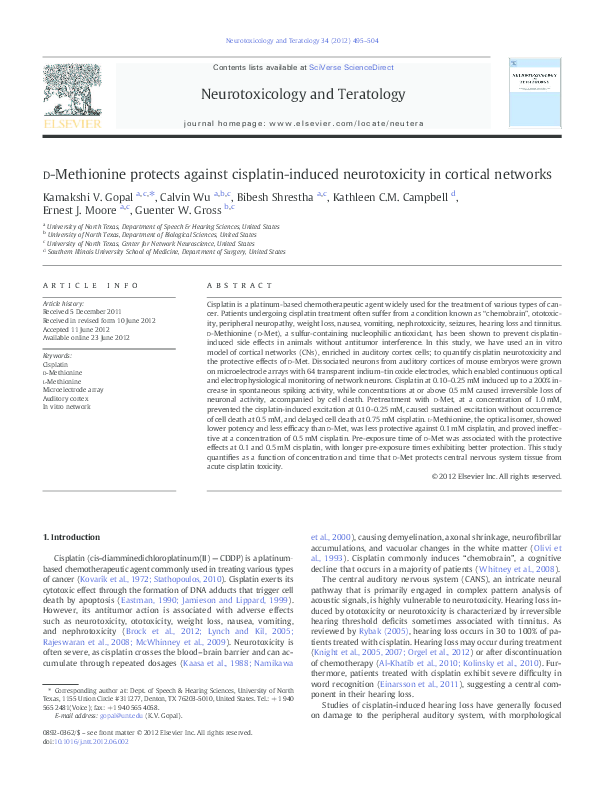

SOIL MECHANICS IES MASTER GATE MATERIAL : CLICK HERE Knowledge of slope stability, effects of seepage, consolidation and consequent settlement as well as compaction characteristics for achieving maximum unit weight of the soil in-situ, is absolutely essential for efficient design and construction of embankments and earth dams. Likewise the construction of embankments and earth dams where soil itself is used as the construction material, requires a thorough knowledge of the engineering behaviour of soil especially in the presence of water. Excavations, Embankments and DamsĮxcavations require the knowledge of slope stability analysis deep excavations may need temporary supports ‘timbering’ or ‘bracing’, the design of which requires knowledge of soil mechanics. Consideration of these and other factors in the efficient design of a pavement is a must and one cannot do without the knowledge of soil mechanics. Problems peculiar to the design of pavements are the effect of repetitive loading, swelling and shrinkage of sub-soil and frost action. Flexible pavements depend more on the subgrade soil for transmitting the traffic loads. Pavement Design may consist of the design of flexible or rigid pavements. Underground structures such as drainage structures, pipe lines, and tunnels and earth-retaining structures such as retaining walls and bulkheads can be designed and constructed only by using the principles of soil mechanics and the concept of ‘soil-structure interaction’. Underground and Earth-retaining Structures Thus, the foundation is an important part of a structure, the type and details of which can be decided upon only with the knowledge and application of the principles of soil mechanics. The loads from any structure have to be ultimately transmitted to a soil through the foundation for the structure. The Art of Preparing a Soil Investigation ReportĮLEMENTS OF SOIL DYNAMICS AND MACHINE FOUNDATIONSĬonstruction Aspects of Machine FoundationsįIELDS OF APPLICATION OF SOIL MECHANICS – The knowledge of soil mechanics has application in many fields of Civil Engineering. Stability Considerations for Retaining WallsĪnalytical Methods of Determining Bearing CapacityĮffect of Water Table on Bearing Capacityīearing Capacity from Model Tests-Housel’s ApproachĬhoice of Foundation Type and Preliminary SelectionĬlassification of the Methods of Stabilisation LATERAL EARTH PRESSURE AND STABILITY OF RETAINING WALLS UniConn Load on Irregular Areas-Newmark’s ChartĬontact Pressure and Active Zone From Pressure Bulb Concept Types of Shear Tp.sts Basod on Drainage Conditions Shearing Strength-A Function of Effective Stress Principal Planes and Principal Stresses-Mohr’s Circle Graphical Presentation of Consolidation RelationshipĮvaluation of Coefficient of Consolidation from Odometer Test Data Solution of Terzaghi’s Equation for One-dimensional Consolidation Terzaghis Theory of One-dimensional Consolidation Seepage Through Non-Homogeneous and Anisotropic SoilĮffective Stress in a Soil Mass Under SeepageĬOMPRESSIBILITY AND CONSOLIDATION OF SOILS SOIL MOISTURE PERMEABILITY AND CAPILLARITY IDENTIFICATION AND CLASSIFICATION OF SOILSĮngineering Soil Classification and desirable featuresĬlassification Systems – More common ones Unconfined Compression Strength and Sensitivity of Clays Particle Size Distribution (Mechanical Analysis) INDEX PROPERTIES AND CLASSIFICATION TESTS Introduction and Development of Soil MechanicsĬomposition of Soil Terminology and Definitions Underground and Earth-retaining Structures.READ ALSO Strength Of Materials By S.K.Mondal DownloadBecome a member to view this content.

CHAPTER 24 Geoenvironmental Engineering.CHAPTER 23 Erosion of Soils and Scour Problems.CHAPTER 16 Thermodynamics for Soil Problems.CHAPTER 13 Flow of Fluid and Gas Through Soils.CHAPTER 10 Stresses, Effective Stress, Water Stress, Air Stress, and Strains.CHAPTER 6 Site Investigation, Drilling, and Sampling.CHAPTER 3 Soil Components and Weight-Volume Parameters.This groundbreaking work features a number of topics typically left out of undergraduate geotechnical courses.READ ALSO Project Management in Construction by Dennis Lock Table of Content Destined to become the next leading text in the field, this book presents a new approach to teaching the subject, based on fundamentals of unsaturated soils, and extending the description of applications of soil mechanics to a wide variety of topics. Written by a leader on the subject, Introduction to Geotechnical Engineering is first introductory geotechnical engineering textbook to cover both saturated and unsaturated soil mechanics.


 0 kommentar(er)
0 kommentar(er)
